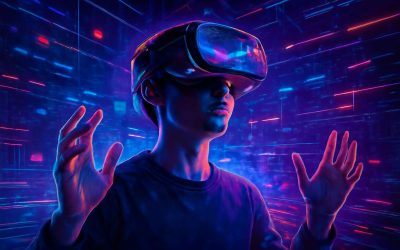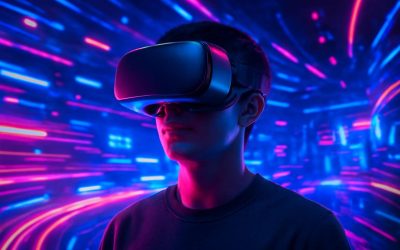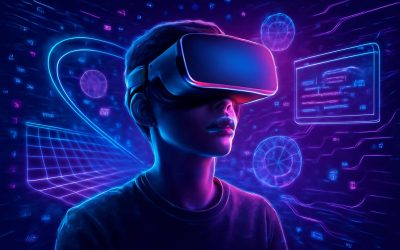
Virtual reality is a new form of technology that creates immersive, three-dimensional images and videos that can be manipulated in real time. The experience is delivered through a headset or glasses that block out the surrounding world, then display a computer-generated image that appears life-sized. The headset also tracks the movement of the eyes and head to adjust the virtual world accordingly. A powerful processor assists in positional tracking to ensure that the VR experience matches your movements.
It’s a technology that has the potential to transform all sorts of things, from work to play. VR has the ability to take us anywhere, in a digital space that could be a cabin in the woods, an office building or even a beach on a tropical island. It can help us train for a dangerous mission, learn a complex task or even visit family members in faraway locations without ever leaving home.
The first prototype of VR was developed in 1968, but the technology has come a long way since then. Today, there are two major types of virtual reality: immersive and non-immersive. Immersive VR uses a headset with sensors that give real-world information to the computer and a monitor that displays the virtual world. The computer software then combines the two to create an illusion that you are in the simulated environment.
Non-immersive VR doesn’t use a headset but can still offer a believable virtual experience. It can also be less expensive than immersive VR, but it may not be as realistic or as effective at teaching practical skills that require physical movement.
The main advantages of VR are that it reduces the costs and risks associated with doing certain tasks or visiting certain places, and it offers a more immersive and exciting experience. However, there are some concerns that VR could lead to eye strain and motion sickness in some people. In addition, it may limit social interaction because users are isolated in the virtual world.
Some experts believe that VR will replace many aspects of everyday life, from the travel industry to retail. For example, travelers will be able to visit foreign destinations without ever leaving their homes, while architects will be able to show clients 3D versions of their plans. This technology could also make it easier for people to try on clothes or decorate their homes, and it might even enable them to shop from the comfort of their own couch.
Educators will be able to use VR to teach students complicated concepts like physics, biology and history. It can also be used to create interactive, multi-sensory experiences that are difficult or impossible to duplicate in a classroom setting.
It can also be used to treat mental or physical illnesses. For instance, psychologists can use VR to distract patients from pain or to alter the pathways through which pain is transmitted to the brain. VR can also be helpful in rehabilitating people with anxiety, autism or post-traumatic stress disorder.



0 Comments